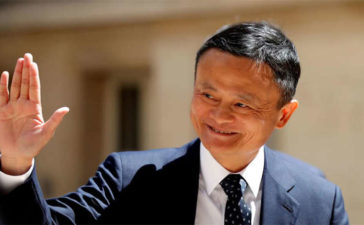Washington : India’s GDP may slow from 8.6 per cent in 2015 to 7.0 per cent in 2017 because of disruptions by demonetisation and the GST, the World Bank has forecast and warned that subdued private investment due to internal bottlenecks could put downside pressures on the country’s potential growth.
The International Monetary Fund yesterday (10 October) also lowered India’s growth projection to 6.7 per cent in 2017, 0.5 percentage points less than its previous two forecasts and slower than China’s 6.8 per cent.
As a result, growth is expected to slow from 8.6 per cent in 2015 to 7.0 per cent in 2017. Sound policies around balancing public spending with private investment could accelerate growth to 7.3 per cent by 2018, it said.
While sustained growth is expected to translate to continued poverty reduction, more focus could be made to help benefit the informal economy more, said the report released here ahead of the annual meeting of the International Monetary Fund and the World Bank.
A slowdown in India’s growth rate, the bank said, has also affected the growth rate of South Asia. As a result, South Asia has fallen to second place after East Asia and the Pacific.
According to the bank, the GST is expected to disrupt economic activity in early 2018, but the momentum may pick-up.
Evidence suggests that post-GST, manufacturing and services contracted sharply, it said.
The growth activity is expected to stabilise within a quarter maintaining the annual GDP growth at 7.0 per cent in 2018.
Growth is projected to increase gradually to 7.4 per cent by 2020, underpinned by a recovery in private investments, which are expected to be crowded-in by the recent increase in public capex and an improvement in the investment climate (partly due to the passage of the GST and Bankruptcy Code, and measures to attract the FDI), the bank report said.
The most substantial medium-term risks are associated with private investment recovery, which continues to face several domestic impediments such as corporate debt overhang, regulatory and policy challenges, along with the risk of an imminent increase in US interest rates, it said.
“If the internal bottlenecks are not alleviated, subdued private investment would put downside pressures on India’s potential growth,” the report said. Downside risks to the global economy and accordingly to export growth and capital flows are also substantial given the possibility of monetary policy normalisation in the USA and risks of protectionism, it added.






